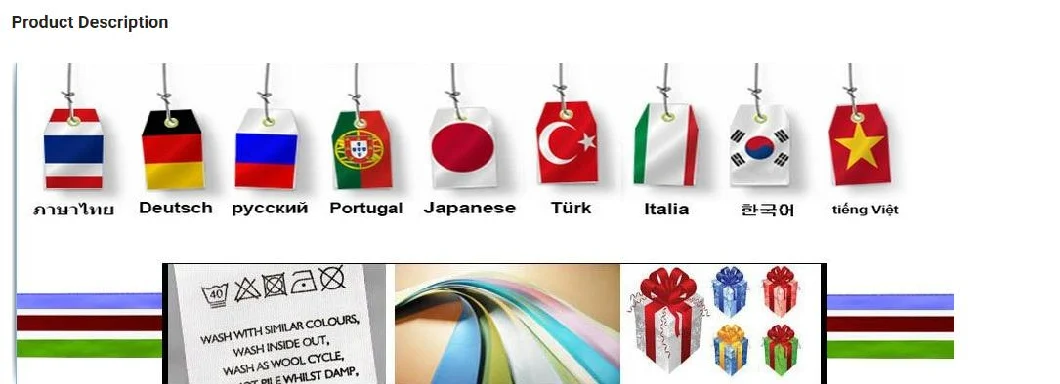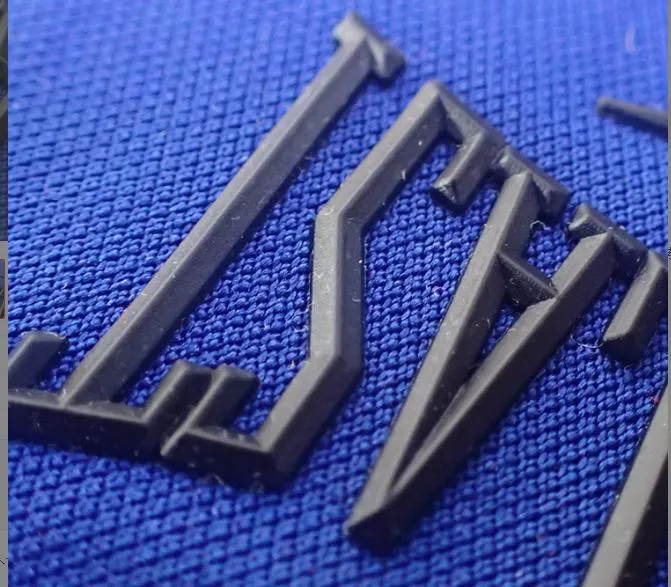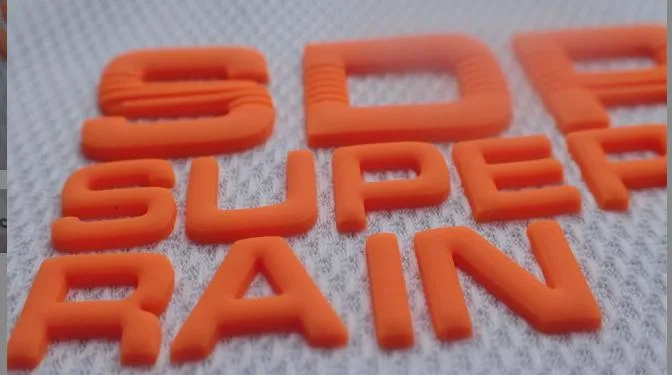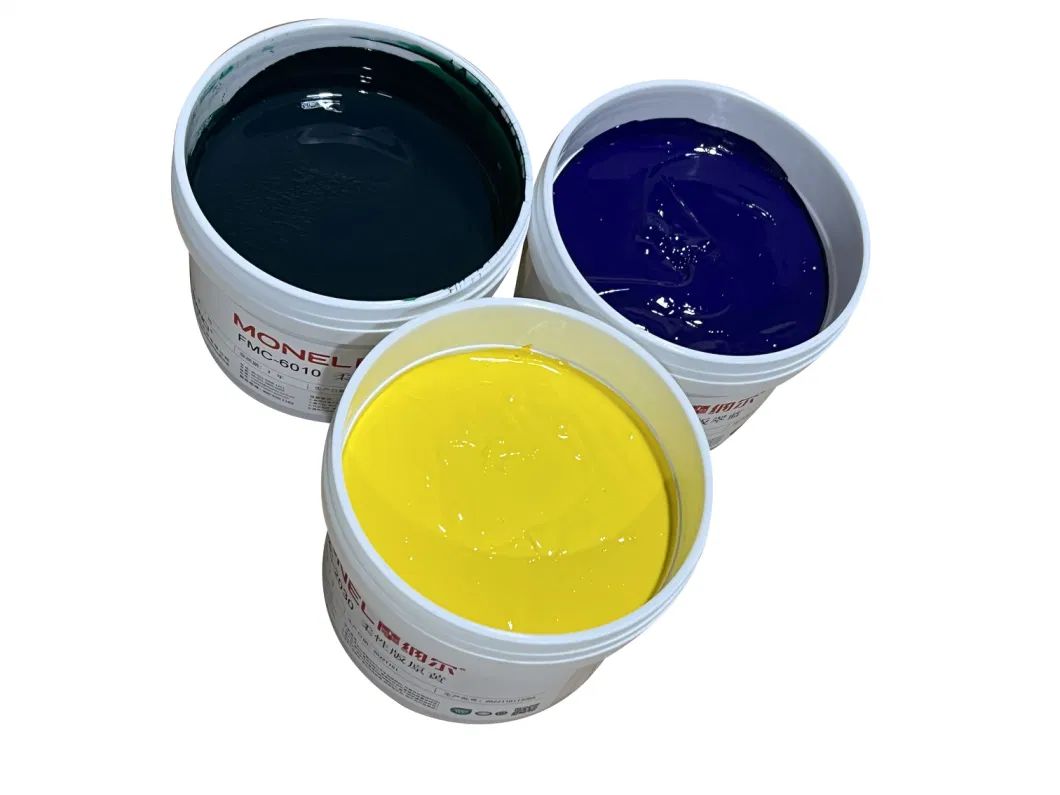Informação básica.
| Modelo NÃO. | Série MA |
| Marca comercial | MONEL |
| Origem | China |
| Código HS | 3215110010 |
| Capacidade de produção | 5.000 toneladas |
Descrição do produto

Tinta de impressão para serigrafia de silicone série MA
FICHA DE DADOS DE SEGURANÇA QUÍMICA (FISPQ)
Parte II Visão Geral dos Riscos
Categoria de perigo:
Nível de perigo: Toxicidade aguda - oral: Categoria 4
Corrosão/irritação cutânea: Categoria 2
Lesões oculares graves/irritação ocular: Categoria 2A
Alergia cutânea: Categoria 1
Perigos crónicos para o ambiente aquático: Categoria 2
Marcação de perigo e instruções de prevenção:
Marcação:
Painel publicitário: Aviso
Descrição do nível de perigo: H315 provoca irritação na pele
H319 Provoca irritação ocular grave
H411 Danos persistentes e de longo prazo para os organismos aquáticos
Precauções:
Prevenção:
P261 Evite inalar poeira/fumaça/gás/fumaça/vapor/spray
P264 Limpe após concluir a operação
P270 Não coma, beba ou fume durante a utilização deste produto
P272 Roupas de trabalho contaminadas não devem ser retiradas do local de trabalho
P273 Evitar vazamento
P280 Use luvas/vestuário/óculos de proteção/máscara de gás
Responder:
P301 + P312 Em caso de ingestão, ligue para o centro de emergência para atendimento médico imediato
P302 + P352 Contaminação da pele: Lavar com sabão e bastante água
P305+P351+P338 Contacto com os olhos: Enxaguar com água abundante durante alguns minutos. Se for conveniente, remova primeiro as lentes de contato e continue enxaguando
P330 Enxaguar a boca
P332+P313 Irritação cutânea: procure atendimento/tratamento médico
P333+P313 Em caso de irritação ou erupção cutânea: procure atendimento médico/siga orientação médica
P362 Remova as roupas contaminadas e limpe-as antes de usar
P391 Recolher o derramamento
Manter armazenado: sem dados
Eliminação: P501 Colocar os recipientes de resíduos em….
Parte III Composição/Informações sobre a Composição
Mistura da mais pura qualidade √
| Ingredientes perigosos | Contente | Número de registro do índice de resumo químico (CAS) |
| Polidimetilsiloxano | 80-95% | |
| Cálcio | 5-10% | |
| Óleo de silicone | 1-5% | |
Parte IV Medidas de Primeiros Socorros
Se você tiver alguma dúvida ou sintoma que persista, procure assistência médica.
Contato com a pele: Enxaguar a pele com bastante água
Contato com os olhos: Lavar imediatamente os olhos com água em abundância por pelo menos 15 minutos e procurar atendimento médico.
Inalação: Transferir imediatamente o paciente para local arejado. Se a respiração parar, faça respiração artificial. Se a respiração estiver difícil, forneça oxigênio e procure atendimento médico.
Ingestão: Não provocar vômito. Dê 2 copos de água imediatamente. Se a pessoa ferida perder a consciência, não coma nada por via oral. Procure atendimento médico.
11mg/LbrInhalation in rats(1h)LC50:>10.7mg/LbrPercutaneous absorption in rabbits LD50:>2,250mg/kgbrRat oral LD50:8,191mg/kgbrSubacute and chronic toxicity: Repeated inhalation toxicity in animals includes reduced weight gain, decreased absolute and relative weight of the liver, and degeneration of the epithelium of the olfactory organ (tissue of the nose). The toxicity of repeated ingestion in animals includes weight loss, but no pathological changes were found.brIrritation: This mixture is a mild skin irritant and a moderate eye irritant.brSensitization: Not an animal skin sensitizing substance.brMutagenicity: Animal experiments or bacterial culture tests do not cause genetic damage, but positive in a mammalian cell culture experiment.brTeratogenicity: Animal experiments have shown that this substance does not cause developmental and reproductive toxicity.brCarcinogenicity: Components in this substance with a concentration equal to or higher than 0.1% are not listed as carcinogens by IARC, NTP, OSHA, or ACGIH.brOther: The experiment of exposure to 60 ppm for 4 hours at a time found that the animal's cornea was turbid and the distance from the cornea to the anterior surface of the lens temporarily increased. An experiment in which 10 uL of this substance was dropped into the eyes of animals after a single exposure showed that this substance caused corneal opacity. Administration of 10-100 uL of a similar mixture causes corneal opacity, temporary thickening, and temporary paralysis of the cornea. An animal experiment with skin exposure of about 60 mg/kg found a temporary increase in the distance from the cornea to the anterior surface of the lens.brPart XII Ecological InformationbrEcotoxicity:brAquatic toxicitybrCyprinidae small fish 96h LC50: 18-24mg/L, moderate toxicity.brDaphnia 48h LC50: 112-150mg/LbrNon Biodegradability:brBioenrichment or bioaccumulation:brOther harmful effects:brPart XIII Waste DisposalbrNature of Waste: Hazardous wastebrWaste disposal method: Waste disposal must comply with the requirements of corresponding provincial/autonomous regional and local regulations. Recycled liquid for reuse or regeneration. Dispose of waste in a licensed incineration plant or biological treatment system.brDisposal precautions: Do not flush water or solid substances into surface water or sanitary water systems.brPart XIV Transportation InformationbrDangerous goods No.: Not listed in the Chinese national standard "Dangerous Goods List" (GB 12268-90), not listed by the United States Department of Transportation (DOT), the International Maritime Organization (IMO), and the International Air Transport Association (IATA) as dangerous goods.brUN Number:brPackage identification:brPackaging category:brPackaging method: plastic bucketbrTransportation precautions:brPart XV Regulatory InformationbrRegulatory information: Regulations on the Safety Management of Hazardous ChemicalsbrDetailed Rules for the Implementation of the Regulations on the Safety Management of Hazardous Chemicals (HLF [1992] No. 677)brRegulations on the Safe Use of Chemicals in the Workplace ([1996] LBF No. 423)brClassification and Marking of Commonly Used Hazardous Chemicals (GB13690-92)brLaw of the People's Republic of China on the Prevention and Control of Solid Waste PollutionbrGeneral Technical Conditions for Transport Packaging of Dangerous Goods (GB12463-90)brPart XVI Other InformationbrReferences: 1. Workplace Chemical Safety Management, State Economic and Trade Commission Bureau of Work Safety, 2000br2. New Safety Manual for Hazardous Materials, Chemical Industry Press, 2001br3. Complete Book of Safety Technologies for Hazardous Chemicals, Chemical Industry Press, 1997br4. Regulations on the Registration and Administration of Hazardous Chemicals, State Economic and Trade Commission, October 1, 2000brDate of filling: May 2022brFilled by: Shanghai Manci Industrial Co., LtdbrData Reviewed by: Shanghai Manci Industrial Co., Ltd brRevision description: It is revised and compiled in accordance with the Regulations on the Preparation of Chemical Safety Technical Instructions (GB16483-2000).brOther information:brThe information provided in this document is not a product indicator: it does not guarantee a specific nature. The information contained is based on our understanding of the operation, storage, and use of the product and provides general guidance on health and safety. It is not applicable to special or non-standard use of this product and not in accordance with instructions and recommendations.brThe technical information referenced in this document is currently reliable. When other knowledge and experience are gained, they should be revised again.br>


















